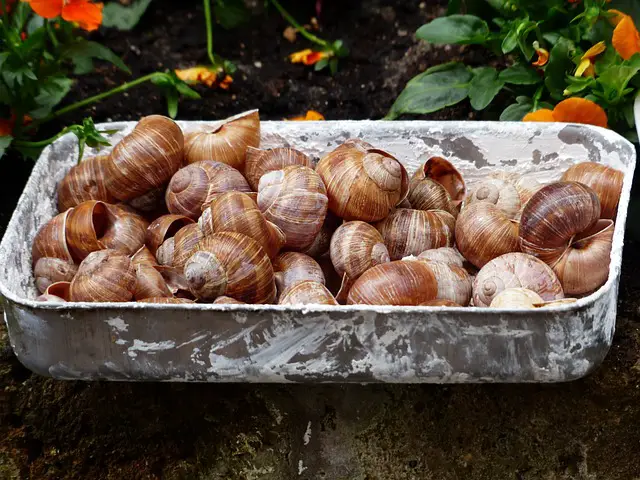These disgusting habits remind us how much health and hygiene norms have evolved over the past centuries. Nowadays, these customs sound unbelievable but they were part of the French royalty’s life.
The images in this article were generated by AI.
1. The kings used to receive courtiers when they did their business

At Louis XIV’s court, he often welcomed courtiers whilst he was on the toilet.
This habit was part of the levee and coucher ceremonies of the King, where nobles would travel long distances to attend those private moments, including his washing and dressing.
They were important social events. It allowed courtiers to get closer to the King and show their loyalty to get favors from him.
2. The court’s ladies used cosmetics containing lead
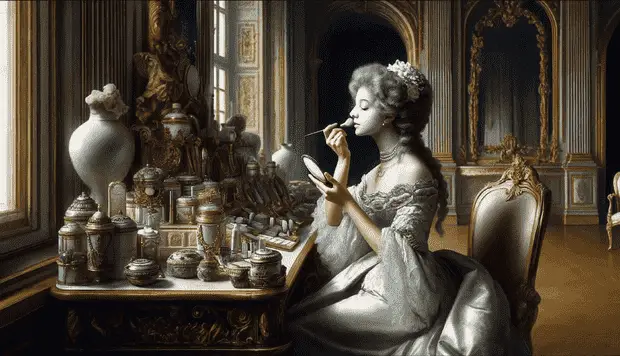
To achieve a pale complexion, which is a symbol of beauty and high rank, the court’s ladies used lead-based cosmetics.
On top of covering freckles, these toxic products often provoked grave poisoning, generating health problems from cutaneous irritations to chronic diseases.
3. The Royalty’s members used wine so clean their teeth
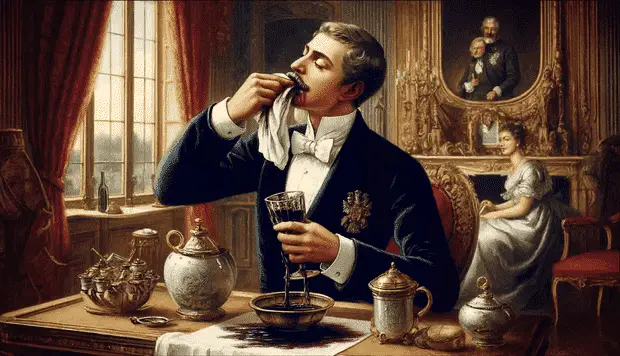
Instead of using water like you and I, the nobles cleaned their teeth with wine, thinking that it disinfected them.
After drinking a soup of wine, they rubbed their teeth with a tissue soaked in wine.
This habit, although it seems exotic and luxurious, was an inefficient practice that attempted to prevent dental diseases and often contributed to tooth wear.
4. Bloodletting was a common habit to cure diverse diseases
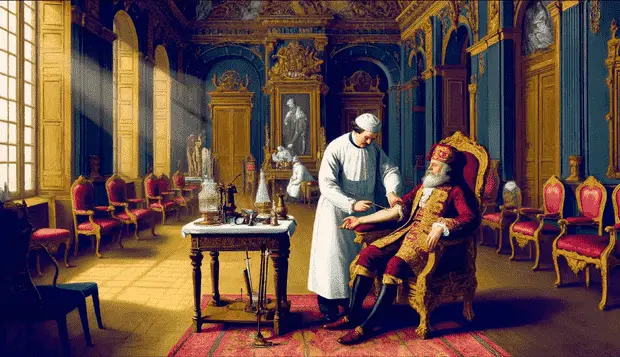
To cure different illnesses, bloodletting was quite common, often realized several times a year.
Doctors at the time thought that this method assured internal cleanliness and eliminated “bad humors”.
Bloodletting was supposed to purify the body, but in reality, it often weakened the patients and could even be fatal if it was practiced in an excessive manner.
5. The wigs, often powdered with talc and flour, were very popular

To hide baldness and hair problems because of the lack of hygiene, wigs were very popular at the court.
They were powdered with talc or flour to give them a white and clean appearance.
However, these wigs attracted head lice and other parasites. Some courtiers would go as far as shaving their head to be able to wear a clean wig, although this solution was only temporary.
6. Due to lack of hygiene, the court’s members used huge quantities of perfume
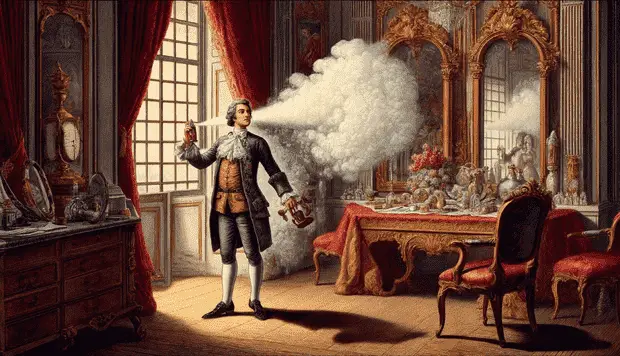
The court’s members avoided water that was considered harmful.
Instead of washing, they used a lot of perfume to cover the bad smells.
They thought that water carried diseases. Perfume was also used to protect them from the air that they considered dangerous.
7. The Versaille court’s nobles often used the corridors or staircases as toilets

In spite of the presence of toilets in the Versailles castle, they weren’t always available or there weren’t enough of them for the number of people present.
The nobles often did their business in quiet places in corridors or staircases, which left an unpleasant smell within the castle.
Sanitary maintenance was not a priority, and the smell of urine and excrement was omnipresent.
8. Baths were rare
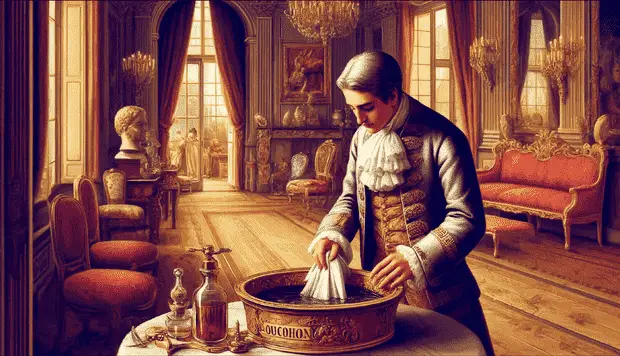
We thought that hot water opened the skin’s pores to illnesses, which dissuaded people from bathing regularly.
Nobles only cleaned themselves with dry tissue or tissue slightly humidified with alcohol.
They also often changed clothes to “stay clean”.
Baths were rare and frequently considered dangerous for their health, reinforcing the importance of perfume to cover their body odor.
9. The ladies had to hold a perfumed tissue on their nose when they spoke to Louis XIV
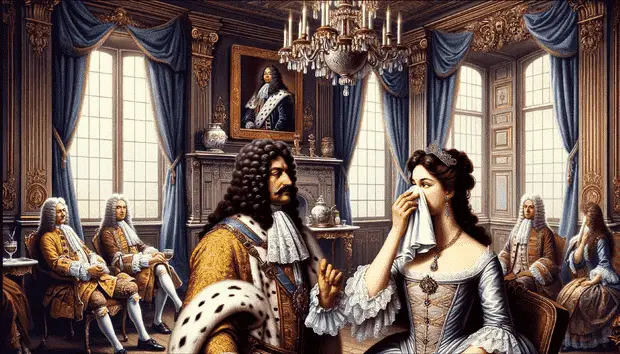
King Louis XIV had several dental problems and the old dental operations were rudimentary and painful, resulting in extremely bad breath.
The court’s ladies often had to hold a perfumed tissue on their nose when they talked to him.
The Sun King asked the ladies to use orange perfume, which was the only one he could tolerate.
10. The Royalty’s members used weird remedies
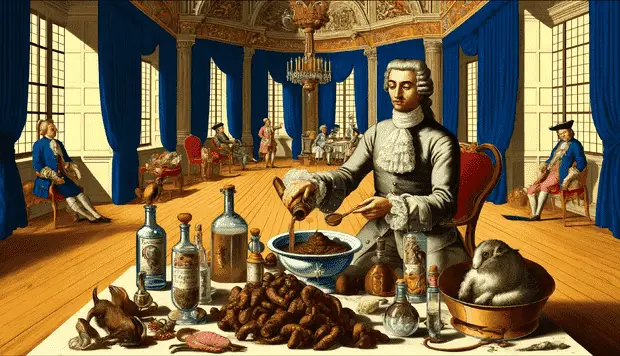
To cure diverse diseases, the royalty’s members used strange remedies. These remedies were often made from animal excrement, human urine, mixed with plants, and honey or alcohol.
These concoctions were supposed to cure everything, from infections to chronic illnesses, but their efficiency was highly doubtful and frequently harmful.
I aim to share my tips and recommendations for the beautiful country of France. My goal is to help you plan your next adventure, whether it’s a weekend getaway or a once-in-a-lifetime trip. From finding the best hotels and restaurants, to discovering unique activities and sights, I’ve got you covered!




